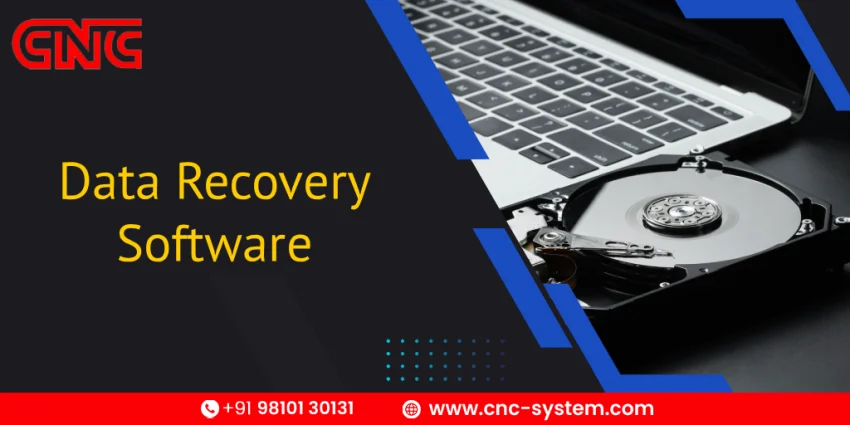In the modern digital-first world, data is among the most precious resources that we have. It is frustrating and expensive to lose files whether in the form of personal memories that are captured in photos or important business records. Luckily, there has come data recovery program that has been used to assist the individuals and companies to salvage the lost, deleted, or corrupt files. In case you are not familiar with this idea, the following beginner guide will take you through the operation of the software and the reason why it will prove to be a lifesaver in most situations.
Understanding Data Loss
It is imperative to know how files are lost before attempting to know how recovery works. Data loss may be as a result of accidental deletion, formatting of drives, virus attacks, crashing of the systems, or even malfunctioning of the hardware. Interestingly, once you delete a file; it does not disappear instantly in your computer. The system, instead, is used to indicate that the space is reusable. The data recovery software has an opportunity to recover the enterprise data until that space is overwritten.
The Role of Data Recovery Software
Data recovery software searches storage devices, including hard drives, SSDs, USBs, or memory cards, at their core in search of traces of lost files. It operates on the principle of the majority of deleted or corrupted files continuing to remain on the storage media as they are just inaccessible to the operating system. The software also recovers recoverable data with the aid of special algorithms and restores it to a secure place.
Key Steps in Data Recovery
- Scanning the Drive – The scanning software is used to scan deep or fast in search of files. Quick scans examine the files which have been deleted recently and deep scans scan with sector by sector searching the old or damaged data.
- Identifying File Signatures – Each type of file (documents, photos, videos, etc.) has its signature. These patterns are used by recovery tools to locate files, which may have been damaged by a broken original directory structure.
- Preview and Selection – This is possible in many advanced programs which will enable you to preview recoverable files before restoring them, enabling you to select the exact files you require.
- Restoring the Files – Once selected, the software recovers the files and saves them to a new location to avoid overwriting existing data.
Benefits of Using Data Recovery Software
- Cost-effective: It saves you from expensive professional recovery services.
- User-friendly: Many tools have simple interfaces, making them accessible even to beginners.
- Wide compatibility: They support various file systems such as NTFS, FAT, exFAT, and HFS+.
- Versatility: Whether files were deleted accidentally or lost due to formatting, the software can often recover them.
Limitations to Keep in Mind
Data recovery software is an effective tool, but does not guarantee foolproofness. Once data has been overwritten it cannot be recovered with much difficulty. Equally, professional intervention can be needed in a situation where there have been severe physical damages to a hard drive. That is why the sooner you act after losing the data the higher your chances of recovery are.
Final Thoughts
Loss of data may occur to anyone anytime. The mechanics of the data recovery software will make you realize that it is a backup to your electronic existence. Although it cannot be said that it is sure to recover 100 percent of the data in all cases, it is one of the most efficient and available solutions that can be used to save precious files. In the case of beginners, the initial step in restoring sanity after unintentionally losing data would be the reliance on a reliable recovery tool.

